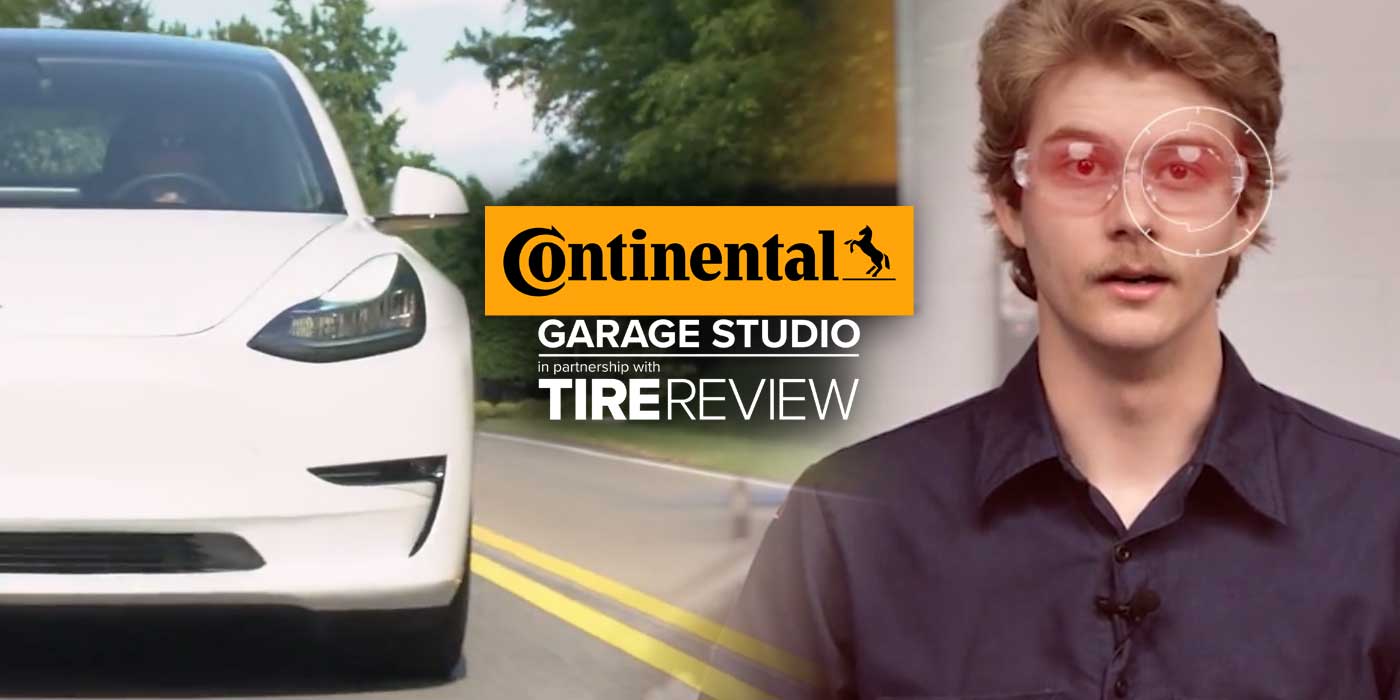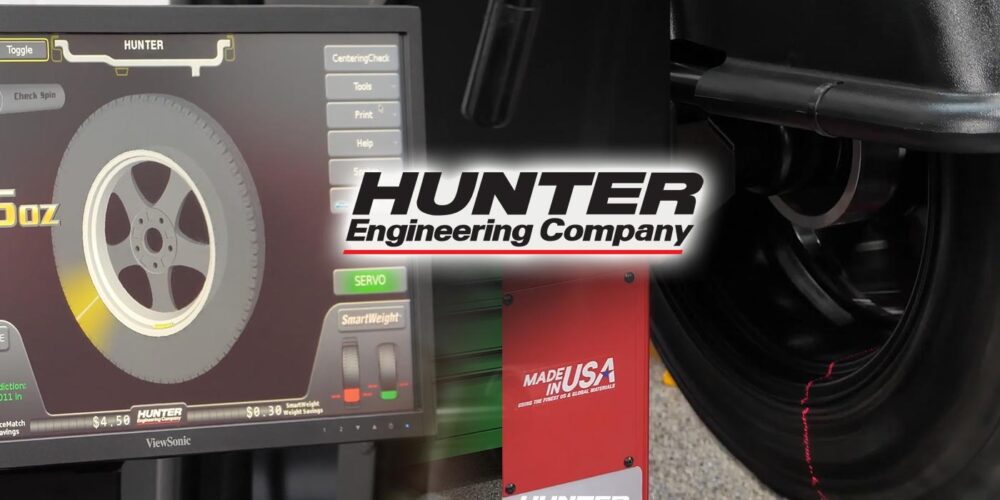The weather changes throughout the year, meaning that no matter where your customers live, driving conditions most likely change as the seasons do. Your customer’s vehicle will benefit from having tires fitted that are specifically intended for their driving habits and regional weather conditions.
For example, what should you tell your customers when they ask when the best time to switch to summer and or winter tires is? Let’s talk about why matching the right tires to the right season is so important.
When the seasonal temperature falls below 46°F, Continental recommends making the switch to winter tires. Winter tires perform well in all cold weather conditions, ranging from snow and ice to wet and cold dry roads, and provide enhanced braking performance in snowy and icy conditions and feature a deeper tread pattern, clearing away slush and digging into snow for greater traction. Another reason they’re so effective is that they’re made of a custom rubber compound that stays soft and flexible at low temperatures for better vehicle control compared to summer tires.
Winter tires have a higher siping count, which means more biting edges for improved snow and ice traction. The softer tread compound is specially formulated to remain flexible in frigid temperatures when summer tires are too hard. Winter tires also have a higher void percentage, which is the free space between the rubber blocks in the tread pattern. The higher void leads to more snow packed in the tread. This ultimately leads to more snow-on-snow contact, providing improved braking and acceleration.
The Continental VikingContact 7 is an example of a winter tire that provides impressive traction and braking on snow and ice with technologies like 3D Trapez Sipes. It delivers superior grip and control even in the harshest winter conditions.
When seasonal temperatures climb above 46°F, it’s time to fit your customers with summer tires. Continental says summer tires deliver high grip levels on wet and dry roads through dedicated tread patterns and compounds. Summer tires provide high stability in curves and optimal mileage performance at warm temperatures.
Summer tires have less siping since they need fewer biting edges for snow and ice. Instead, they have more tire contact on the road surface for grip and the tread compound is stiffer to handle the higher temps but still maintain grip. Summer tires also have a lower void percentage since they don’t need to clear away snow. The closer together the tread blocks, the more traction and stability the tire will achieve.
For summer tire options, the Continental ExtremeContact Sport 02 is ideal, offering superior dry and wet handling and excellent dry and wet braking. With Continental’s advanced SportPlus Technology, it provides responsive handling, better-wet grip and extended tread life.
While summer and winter tires are optimized for their respective seasons, all-season tires offer safety, performance, and grip in moderate climates without the cost, effort, and time required for seasonal tire changes. They have tread designs and rubber compounds that work in a variety of conditions and all-season tires are a great choice if you live in areas with mild winters and don’t see much snow.
No matter what season it is, Continental has a tire designed with leading technology to match all your driving needs. Consult with your Continental tire retailer to pick the right tires for your customer base’s vehicles and driving conditions in your area.
This video is sponsored by Continental Tire.













